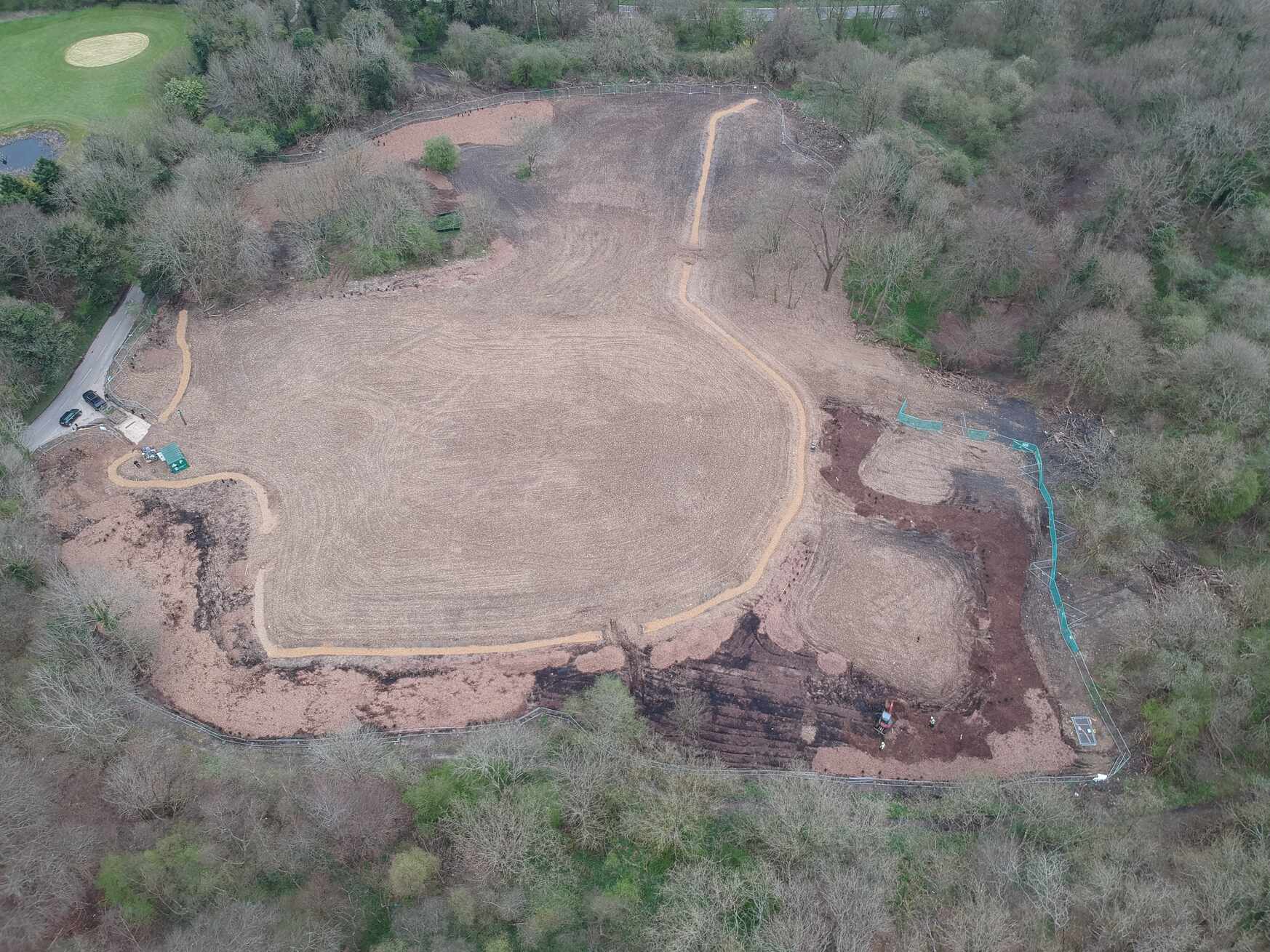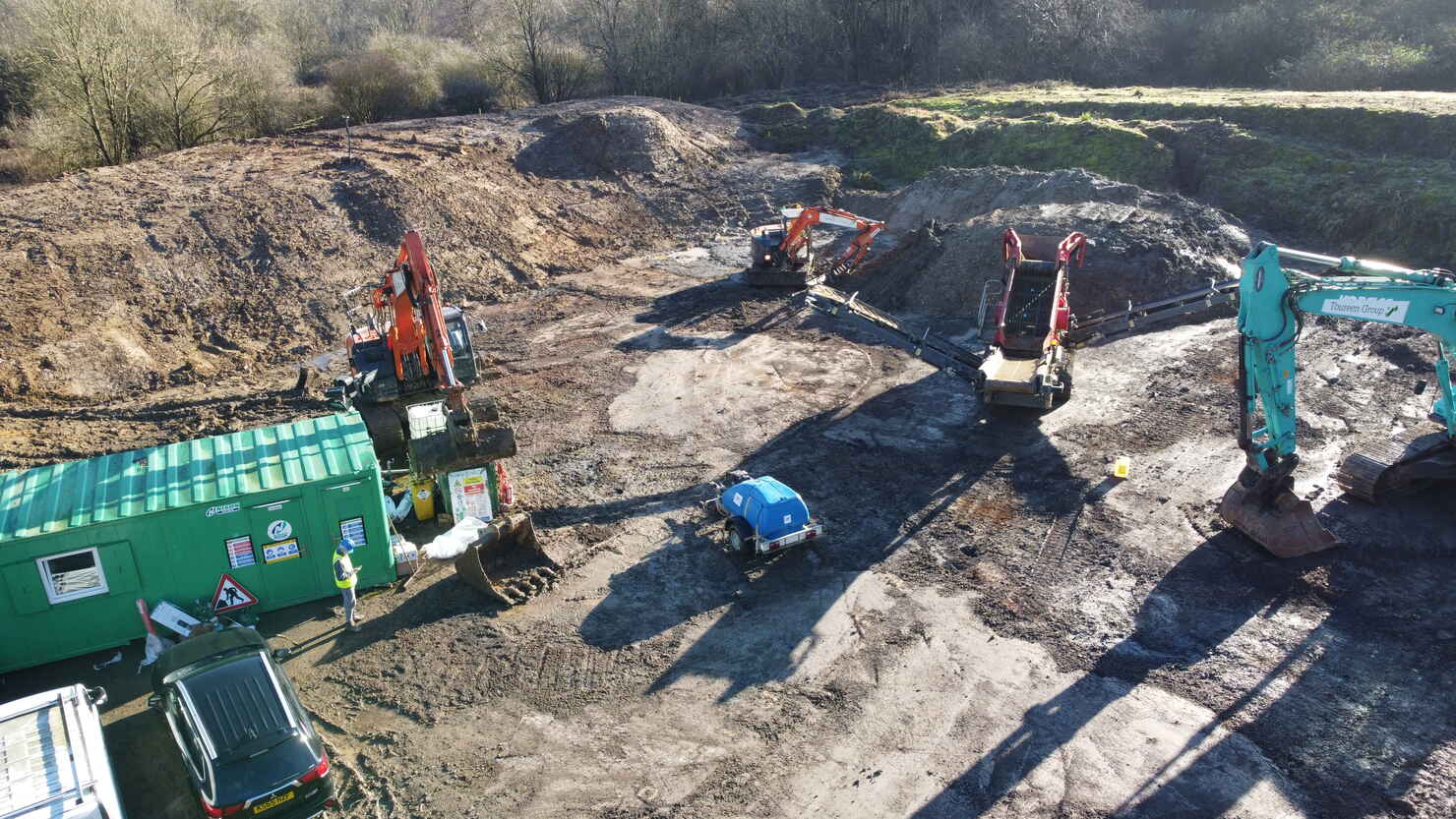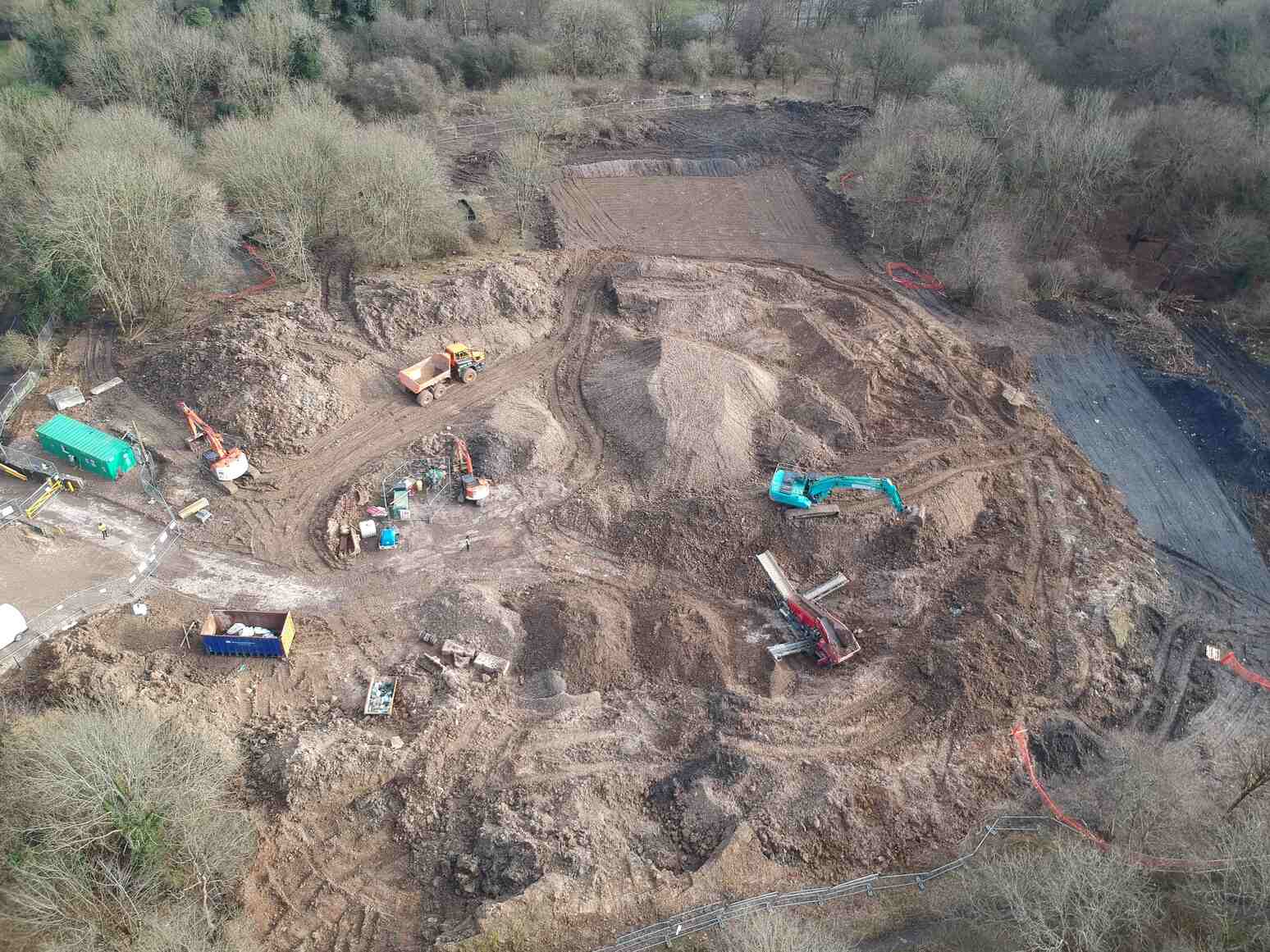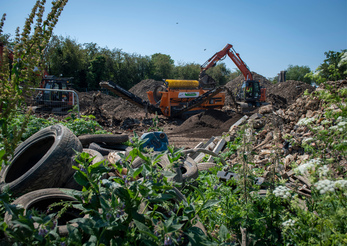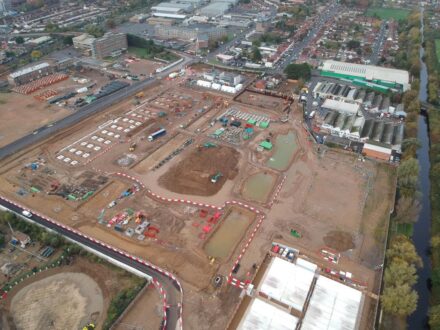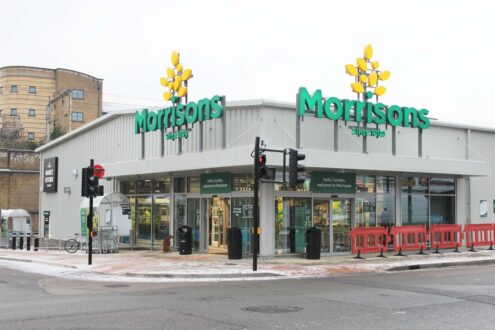This website uses cookies so that we can provide you with the best user experience possible. Cookie information is stored in your browser and performs functions such as recognising you when you return to our website and helping our team to understand which sections of the website you find most interesting and useful.
THE DOWNS
The Downs is a former traveller site situated in the Surrey Hills near Caterham. Following a history of degradation and neglect the derelict site was contaminated, frequently fly-tipped and costly to secure against illegal entry.
The primary aim of the project was to restore it to public access open space. Toureen Remediation was appointed by Surrey County Council and worked closely alongside Campbell Reith and Surrey Wildlife Trust on this project.
Our more pertinent aim, however, was to go further than this and establish a setting suitable to support and propagate a bio-diverse, species rich eco-system. Restoring it back to a complete and mature ecosystem, as close
to what it would naturally be.
Project Achievements
- 100% reuse of site won soils – remediated over 15,000m3 of waste soils under CL:AIRE DoWCoP
- Eliminated requirement for disposal and import of materials – focused on decontamination and making top soil onsite suitable for rewilding
- Complete invasive species eradication – Japanese Knotweed, Horsetail and Hogweed
- Site secured against unwanted trespass and fly tipping
- Create and enhance a soil growing media suitable for the chalk downland
- Species rich endemic planting scheme
- Snail translocation under Natural England licence
Comprising nearly 1.8ha, “The Downs” in Caterham, Surrey, is situated in an Area of Outstanding Natural Beauty, Area of Great Landscape Value, Metropolitan Green Belt and immediately adjoining an Area of Ancient Woodland; a woodland that the site would have originally been a part of if it had not suffered such an unfortunate history.
The site was formerly excavated as part of a larger chalk quarry and subsequently landfilled in the mid-20th century, after which the site was developed into a GRT (traveller) residential accommodation.
In more recent years because of the contamination and ground instability associated with the former landfill the site was vacated, and a soil bund installed around the former traveller camp to prevent re-occupation in the interest of health and safety.
Left derelict, invasive plants (Japanese Knotweed, Horsetail and Giant Hogweed) proliferated the site whilst frequent fly-tipping served to sustain the blight caused to an otherwise beautiful setting. Little ecological value remained with the soil (from the landfill and the import for the bund) offering limited value to the endemic flora surrounding the site whilst brambles and weeds monopolised what soil nutrient was available.
Through detailed investigation, assessment and consultation Campbell Reith developed the strategy and secured planning permission for the remediation and works to restore the site to natural chalk downland to, over time, re-establish biodiversity and bring the site into beneficial public access countryside.
Toureen Contractors Ltd. were contracted by Surrey County Council to undertake the works which commenced in late 2021. The works commenced with a detailed assessment of the soil and a strategy to for its enhancement in the context of the diverse proposed planting scheme. Toureen’s understanding and expertise gained from the experience in difficult soil remediation served to develop a strategy of reuse onsite. To avoid simply excavating and disposing of the problem, displacing it rather than minding it, and importing more suitable soil the goal was to manufacture favourable soil conditions utilising (as far as possible) the materials on
Working closely with Surrey Wildlife Trust, a small population of Roman Snails (helix pomatia) were translocated, the vegetation stripped from site and reused on the periphery to build new habitat and hibernacula. The invasive plants were removed, and rhizomes excavated and picked by hand for bagging and incineration off-site. The soils surrounding the rhizomes (after careful picking) were kept in sectioned areas and subsequently buried at depth to avoid regrowth. The bund soils were excavated and screened. Tonne after tonne of rubble, rebar, bottles, plastic, and waste was removed and taken off site for recycling or incineration. Coarse chalk was imported and blended with the remaining soils to break the heavy, clay rich soils, improve drainage and percolation and mend the soil acidity.
The remediated soil was used to reprofile the site. The ultimate topography designed to drain surface water from the raised wildflower meadow on the central plateau. A swale was incorporated around the plateau to manage heavy surface water runoff whilst providing a foundation for wet scrub planting. Along the site boundary, the woodland edge, green compost and horse manure was rotavated into the upper soil horizons to condition the topsoil for woodland edge planting.
21 new trees, 1706 woodland shrubs and 1465 wet scrub specimen, native to the area, were planted leading up to spring. The central meadow was tilled and left to allow any dormant seeds to propagate ahead of weeding. The meadow has been seeded with a selection of wildflower and endemic grasses.
A new post and rail fence has been installed and the temporary heras taken down. The CCTV disconnected and removed from the old electric pylon. Toureen requested that the pylon was not dismantled, so it is now starting its new life as a perch for predatory birds to rest whilst scouting the meadow for prey.
The site has now been secured from unauthorised access, which will bring savings to the council as the site was costing significant money to secure against illegal entry and was often receiving complaints from nearby residents costing the council unnecessary resources.
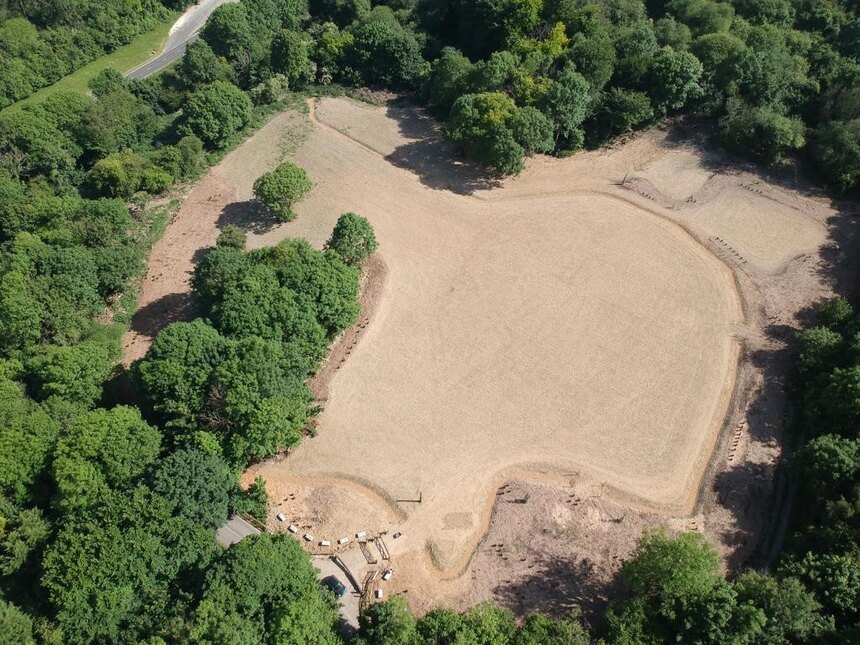
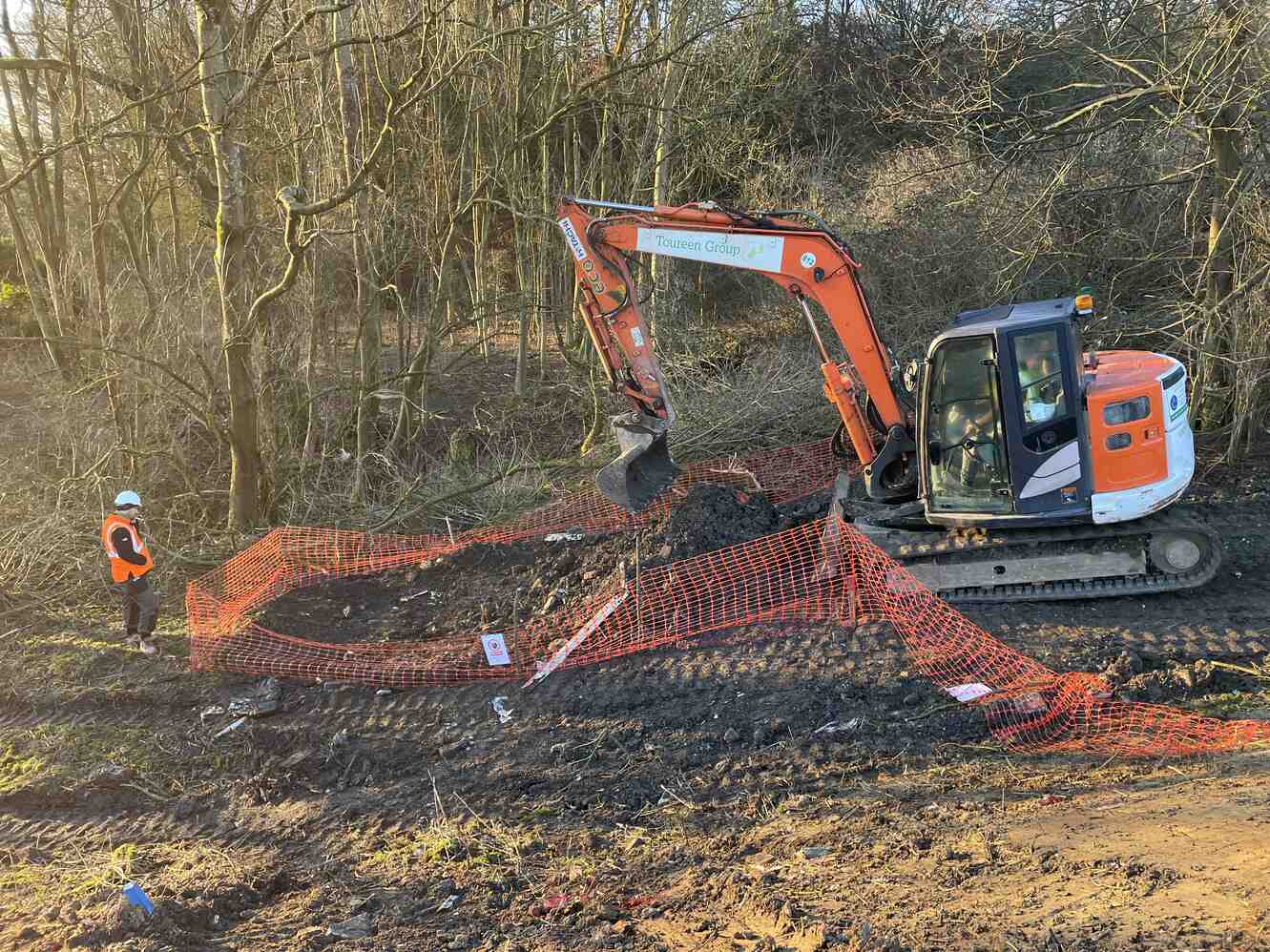
The primary goal of restoration, to regain public access to this vast green open space has been a success, so ecological and social value has been restored. But we will have to wait to see if the longer-term goal of rewilding back to a mature ecosystem will be fully realised as the hope is to make a successful case study to share our lessons learnt and successful methods with others.
After the success of the project, Surrey Council and Wildlife Trust are looking to apply and develop methods to another similar site in the county that has been wrecked from unauthorised access and use as a traveller site.
We, our client, and the Wildlife Trust now wait for the spring rain and occasional Surrey sunshine to fuel the new landscape and answer the questions we set out test; can we undo the damage? Can we think and dig and prod using the excavators and machines used to cause harm in the first place to now restore it? Can we manufacture an ecosystem to once again support the diversity that sequesters our emissions and off-sets our lifestyles? Time will tell but at the very least this pursuit was far more rewarding than building yet another block of flats. Can submit 4 no. files (PDF/DOC/JPG) to support the award entry.
